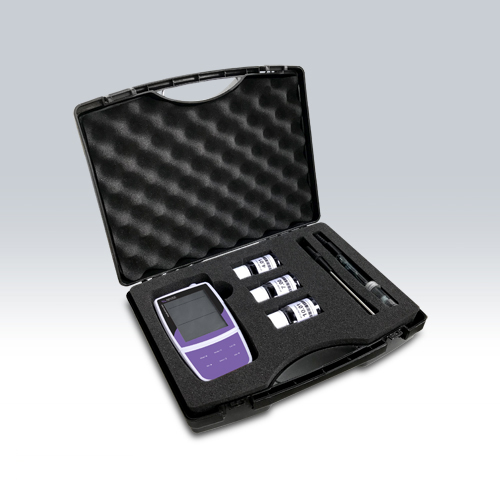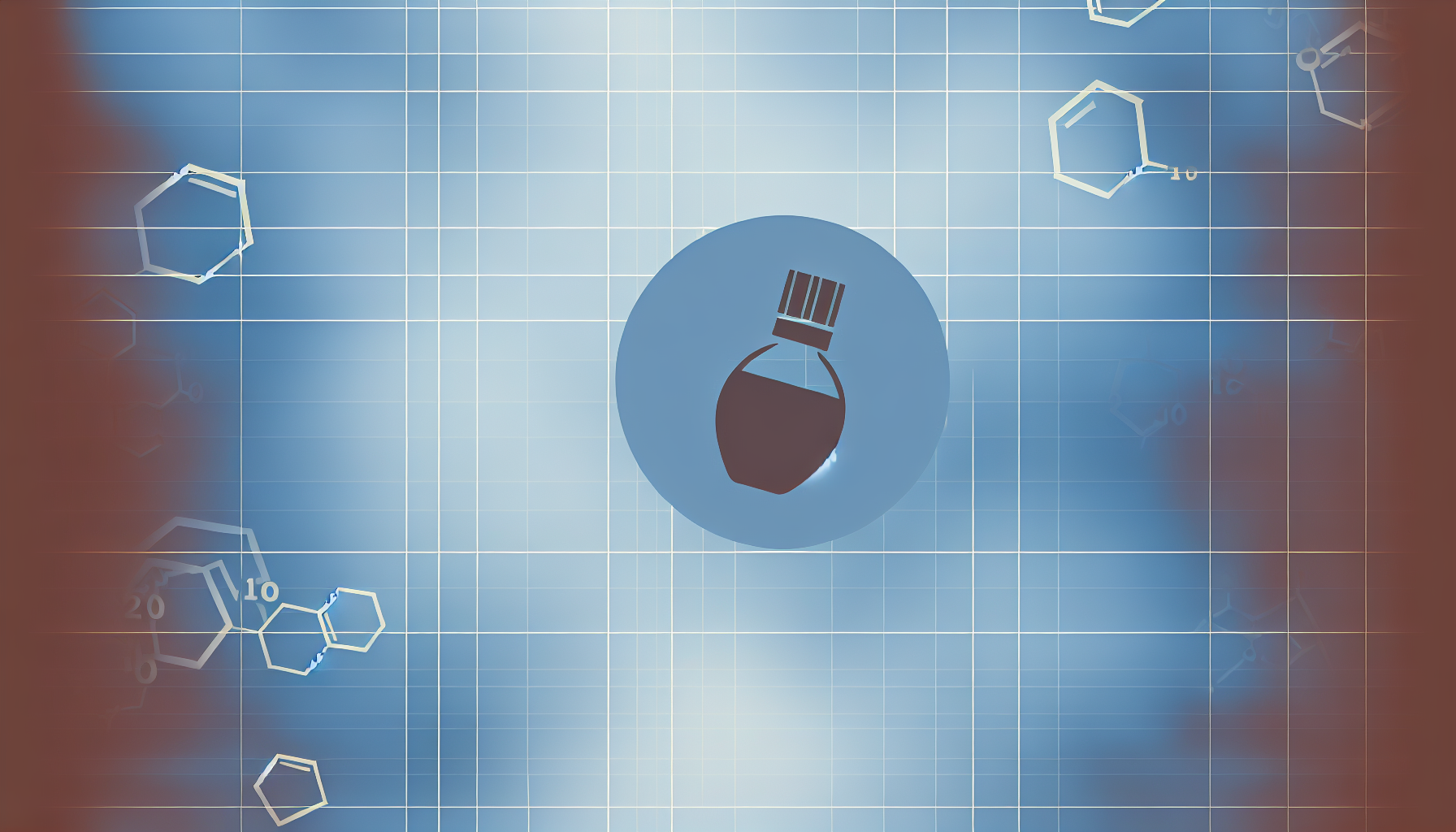Ions are atoms or groups of atoms that have charge, they differ according to the charge they present, and negatively charged ions are called anions; while the positively charged ions are called cautions.
They are of great importance in many aspects of life and science, as many normal substances are present in the human body in the form of ions such as sodium, potassium, calcium, and more. And not only at a biological level, but also at an industrial level, ions play a fundamental role.
Ion selective electrodes
One of the instruments to measure the ions is the selective ion electrodes (ISE) that are an analytical tool to quickly determine the activity of the solutions. Together with an ion concentration meter, the ISEs provide a versatile measurement system
The process that ion selective electrodes work with is ion exchange, which measures the potential difference produced by the contact of the electrode with the ion being studied, following the Nernst equation. As the name says, to carry out the measurement the electrode must make contact with a certain ion present in the solution. The activity of the specific ion is converted to electric potential when it comes into contact with the active membrane of the ion-selective electrode.
Types of ion selective electrodes
- Glass membrane electrode.
- Solid state electrode.
- Solid or liquid matrix electrode.
- Gas sensor electrode.
Ion selective electrodes can be used in many applications. Measurements can be made for a variety of sample types including water, food and beverage, pharmaceuticals, and biological samples. Industrially the usual applications are in agriculture, clinical and biomedical laboratories, electrolytic beverages, chemical research, detergents, education, electroplating, environment, explosives, food, mining, pharmacy, power generation and in water.
ISEs operate under conventional laboratory conditions. The conventional measurement range is 10-1 to 10-6 moll / L. The temperature range is between 0 C and 50 or 80 C °, depending on the type of ISE. The prevailing values are, 20, 25 and 37 ° C. The admissible pH range is moderate and avoids samples with a high degree of alkalinity or extreme acidity.
At Kalstein we are MANUFACTURERS and we offer quality products at the best PRICE on the market. Visit us on our website, in the products section HERE




